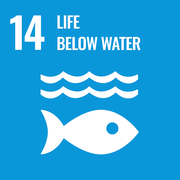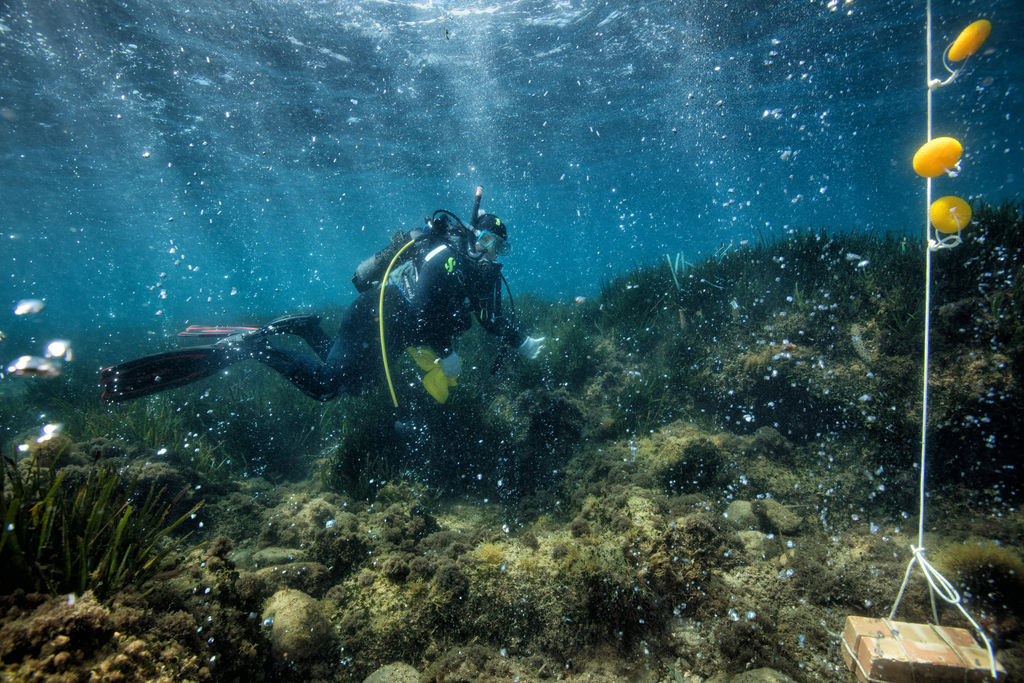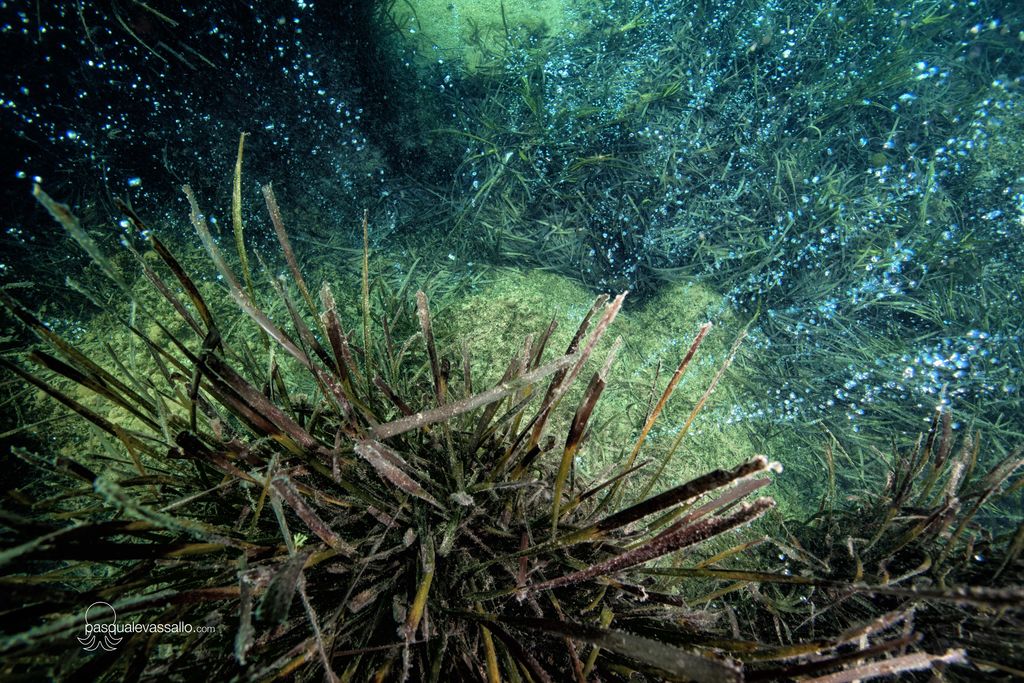
Natural laboratories on the coast of Ischia indicate how our seas will be in the future
An increase in atmospheric carbon dioxide (CO2), primarily due to deforestation caused by human activities, usage of fossil fuels and other anthropic emissions, also produce devastating effects on oceans.
The sea naturally absorbs CO2 from the atmosphere, but a higher concentration of this compound triggers a series of chemical effects which reduce the water pH, increasing the acidity level. The widespread effect caused by it may compromise the ecological role and functionality of entire ecosystems.
A new Italian study, the result of a scientific collaboration between the Department of Environmental Biology of Sapienza University of Rome and the "Anton Dohrn" zoological station in Naples, has observed and assessed the effects of ocean acidification on the seagrass Posidonia oceanica off the island of Ischia, Italy, one of the richest and most important ecosystems of the Mediterranean. The outcomes, published on Marine Mediterranean Science Journal, have a global value applicable to other geographical areas and marine ecological systems and will be spread on a large scale.
On the island of Ischia, Italy, there are several sites called "vents", characterized by intense volcanic CO2 emissions which locally acidify the sea and can, therefore, be used as natural laboratories to understand the effects of oceanic acidification on single species, community and ecosystems.
This study analysed two "vents" systems (Castello and Vullatura) and a control area on the same coasts. Here the researchers focused on the underwater Posidonia meadows, proving how the reduced pH level does not negatively affects the plant growth (on the contrary, meadows appear even denser in the acidified sites compared to those with natural pH levels) but the entire connected ecosystem.
"We have found signs of acidification in leaves definitely shorter than those growing under normal pH conditions. This happens because – says Edoardo Casoli of the Sapienza group – reduced pH levels affect the epiphyte community living on Posidonia's leaves, causing, on the one hand, the disappearance of red algae, molluscs, echinoderms and all other organisms able to fix calcium carbonate in their shells and skeletons and facilitating, on the other hand, the adaptation of non-calcifying organisms such as brown filamentous algae, hydrozoans and tunicates."
"Moreover – notes Casoli – we have seen how, in acidified environments, lack of calcifying organisms increases the Posidonia's vulnerability exposing it to a higher impact of grazing by the herbivorous fish Sarpa salpa (Salema)."
Researchers have then analysed the frequency in the salema's bites on the leaves, confirming that their shorter size is due to more intense grazing caused by these fish which find in these sites more desirable and more abundant resources.
The study observes as a significant alteration in the seawater acidity levels produces a series of top-down effects which might jeopardise the entire ecosystem. For the Mare Nostrum, losing the Posidonia meadows biodiversity might have significant social and economic repercussions.
"The advantage of such results – concludes Giandomenico Ardizzone, coordinator of the Sapienza team – is that these sites are actual "windows into the future" which allow us to observe the possible ecological scenarios of our seas, based on the pH values projected by some geochemical models for the not too distant year 2100."
References:
Effects of ocean acidification on phenology and epiphytes of the seagrass Posidonia oceanica at two CO2 vent systems of Ischia (Italy) - Silvia Mecca, Edoardo Casoli, Giandomenico Ardizzone And Maria Cristina Gambi - Mediterranean Marine Science, 2020, 21 (1) DOI: http://dx.doi.org/10.12681/mms.18711
Further Information
Giandomenico Ardizzone
Department of Environmental Biology
giandomenico.ardizzone@uniroma1.it
Edoardo Casoli
Department of Environmental Biology
edoardo.casoli@uniroma1.it




